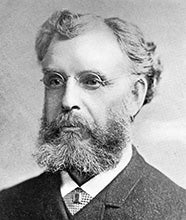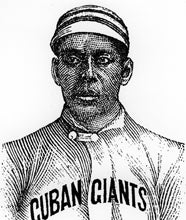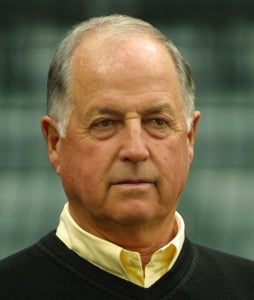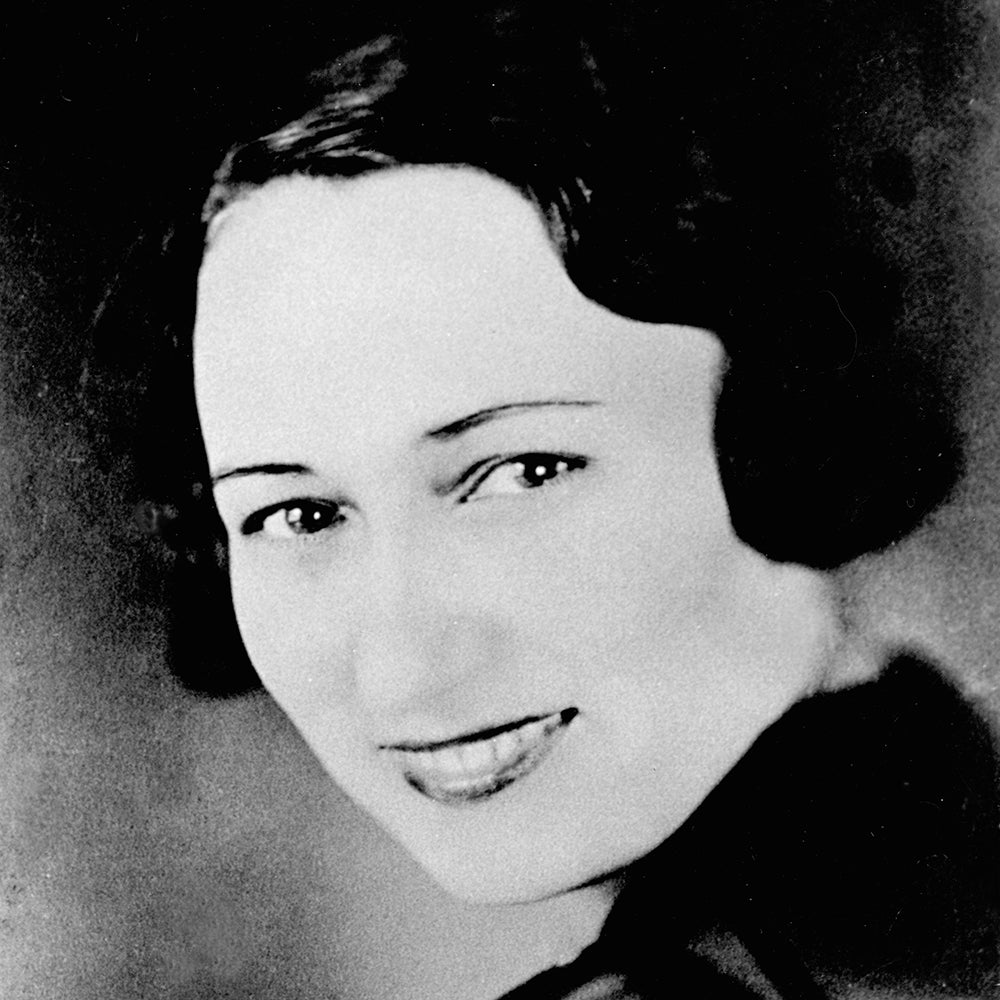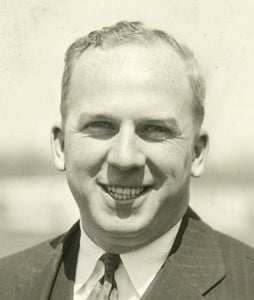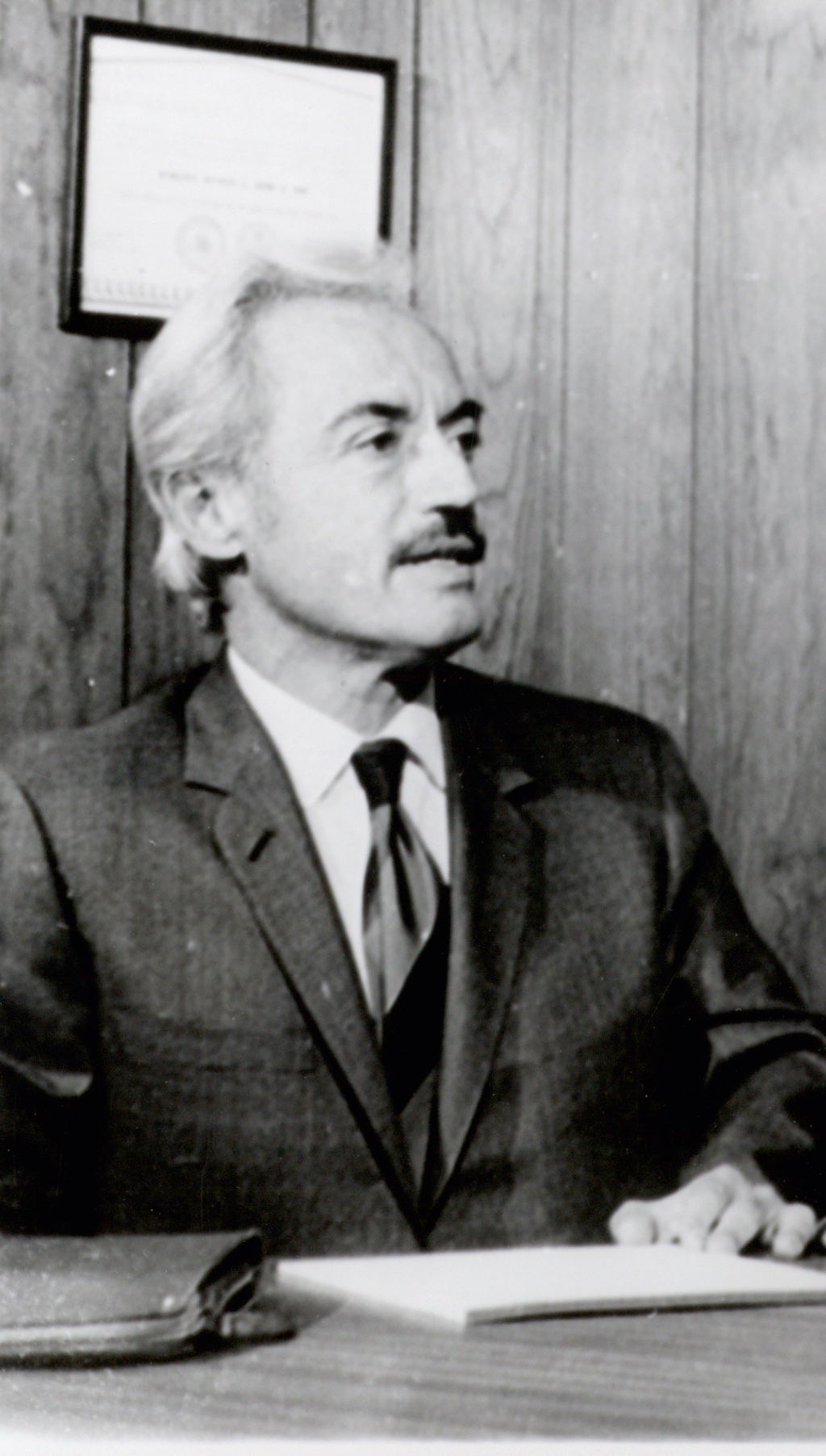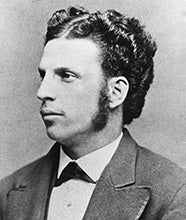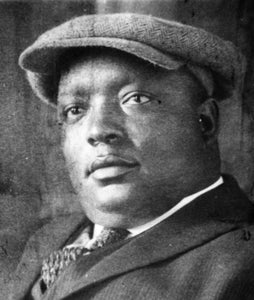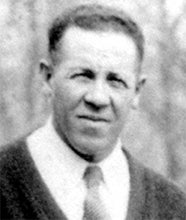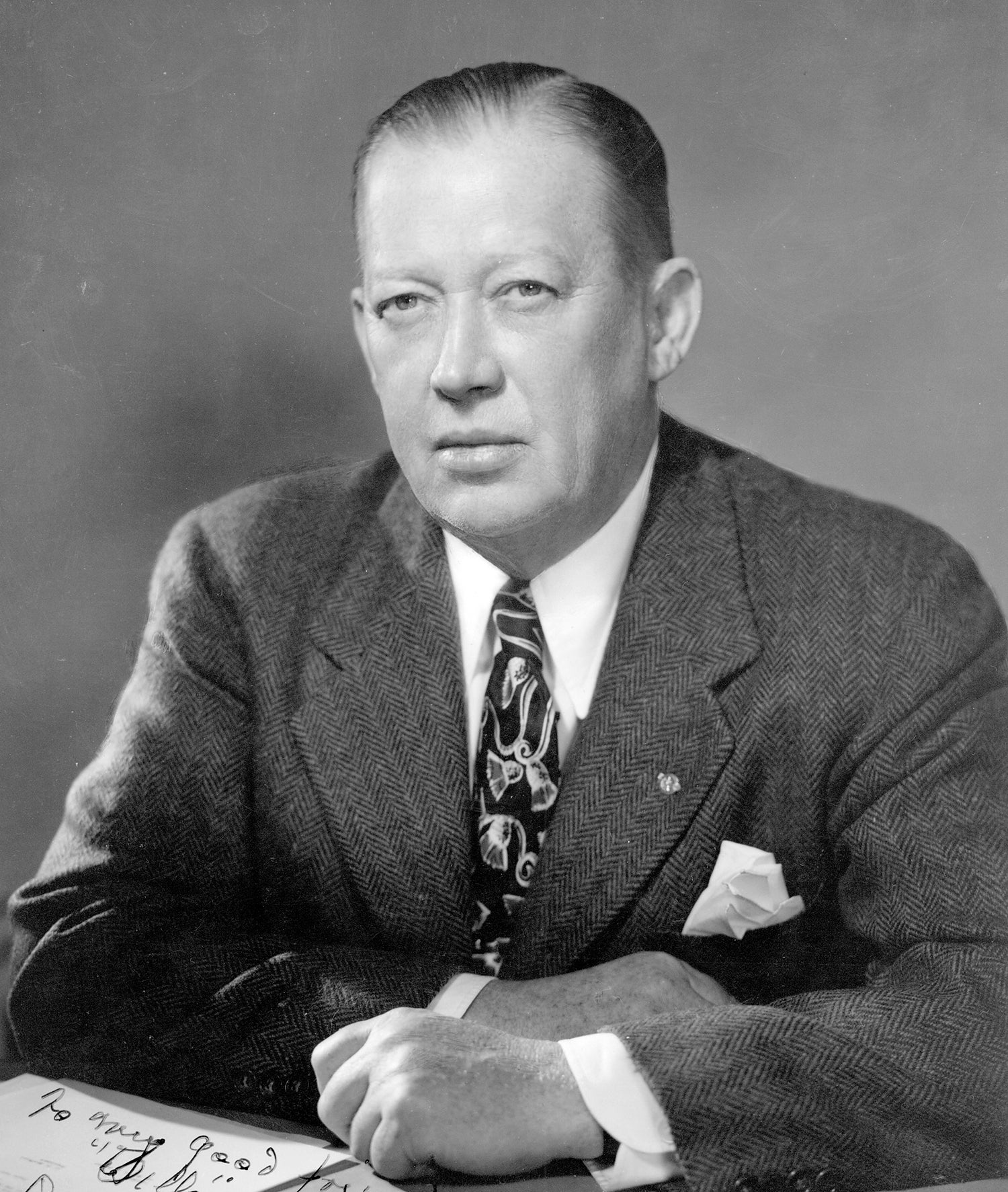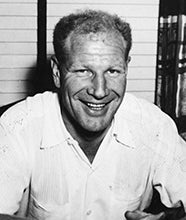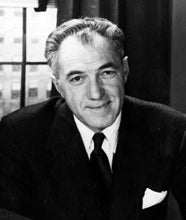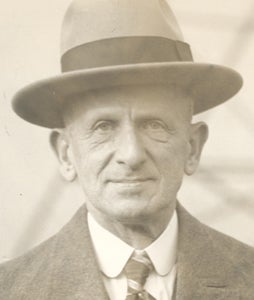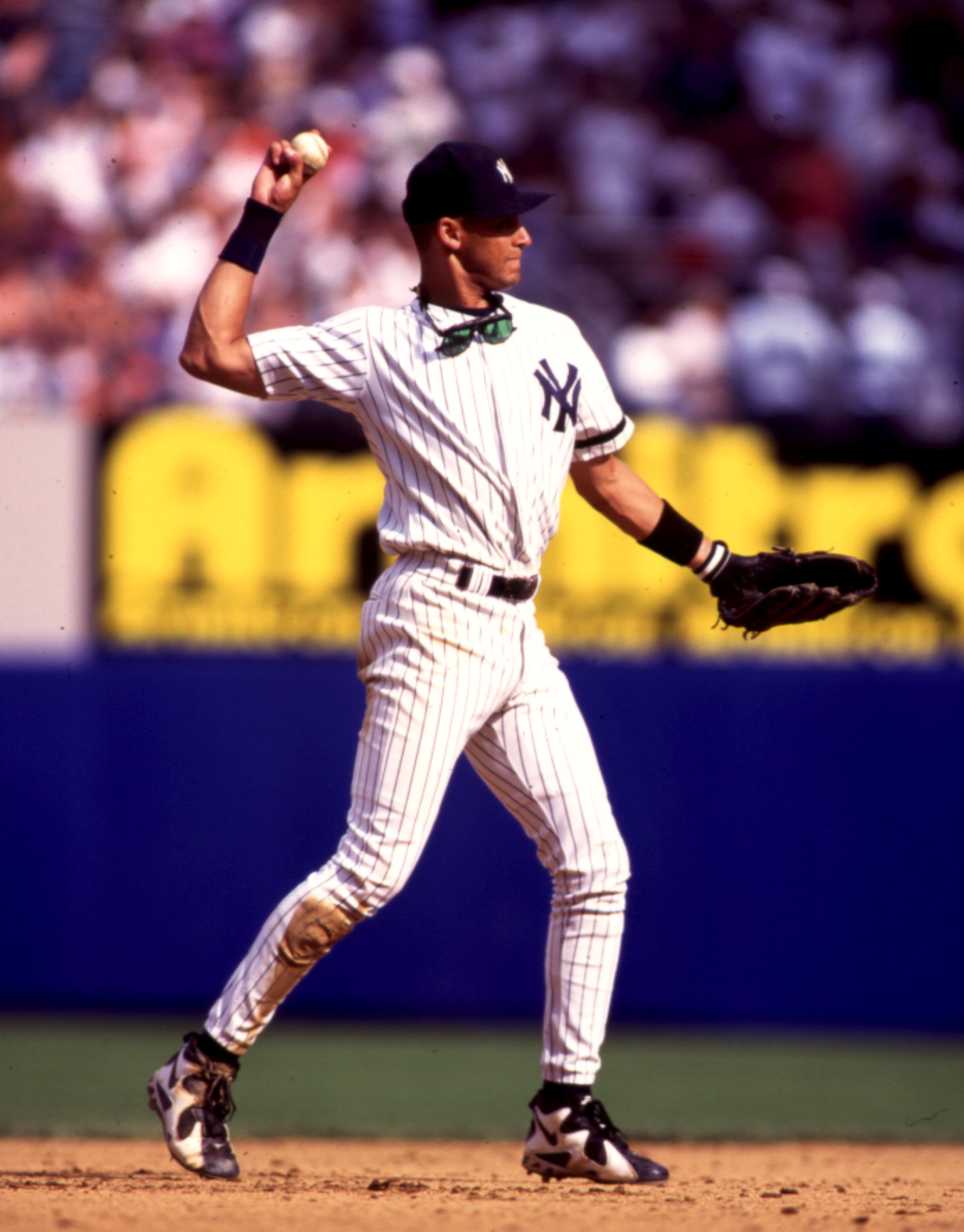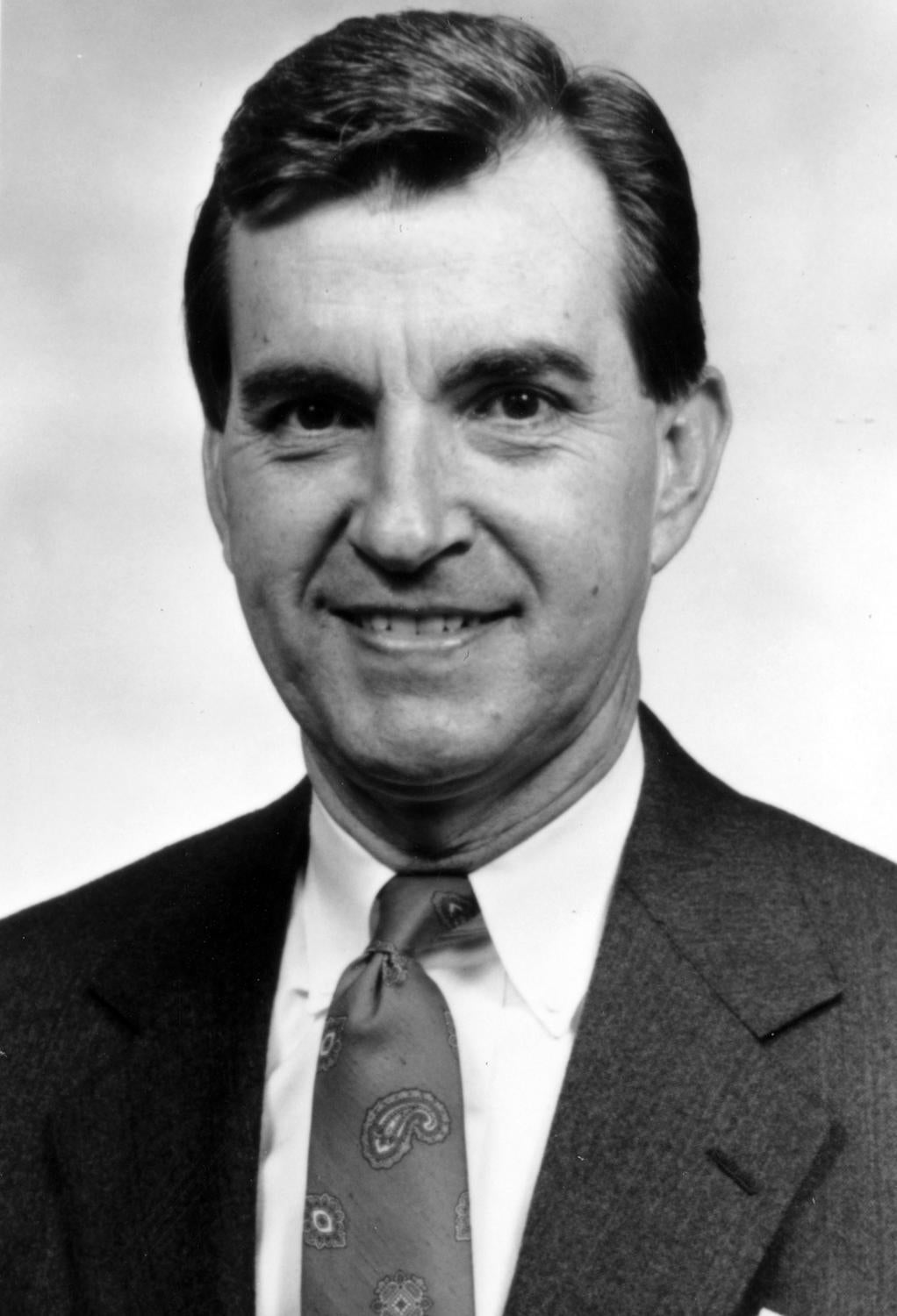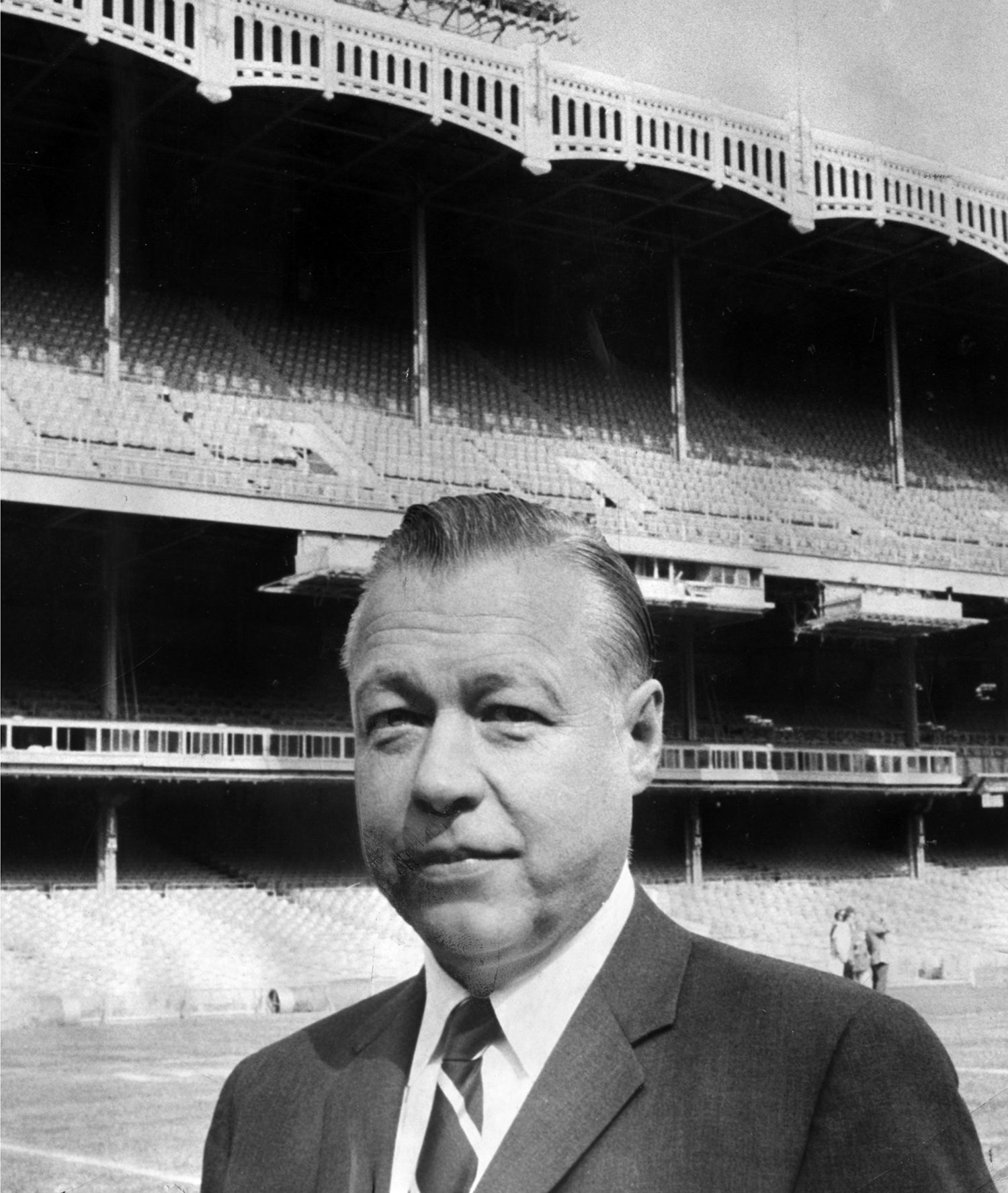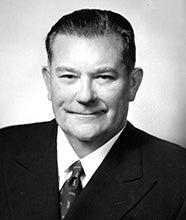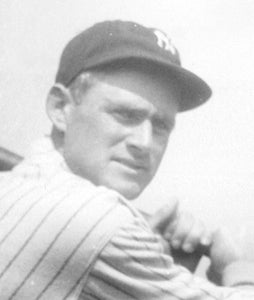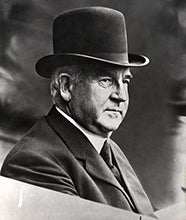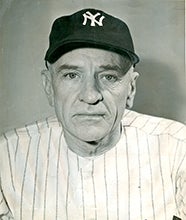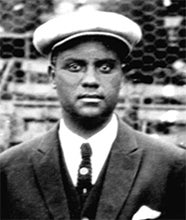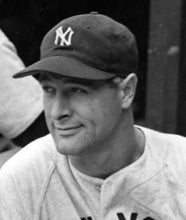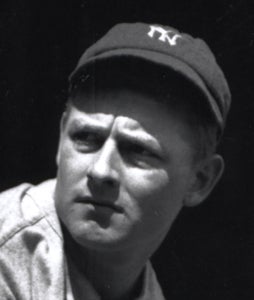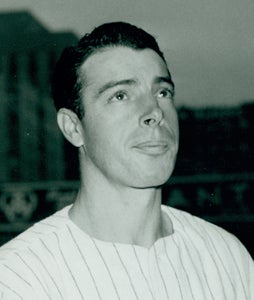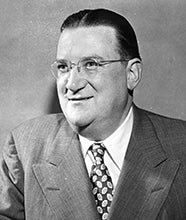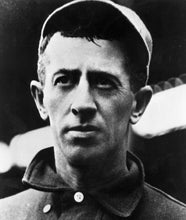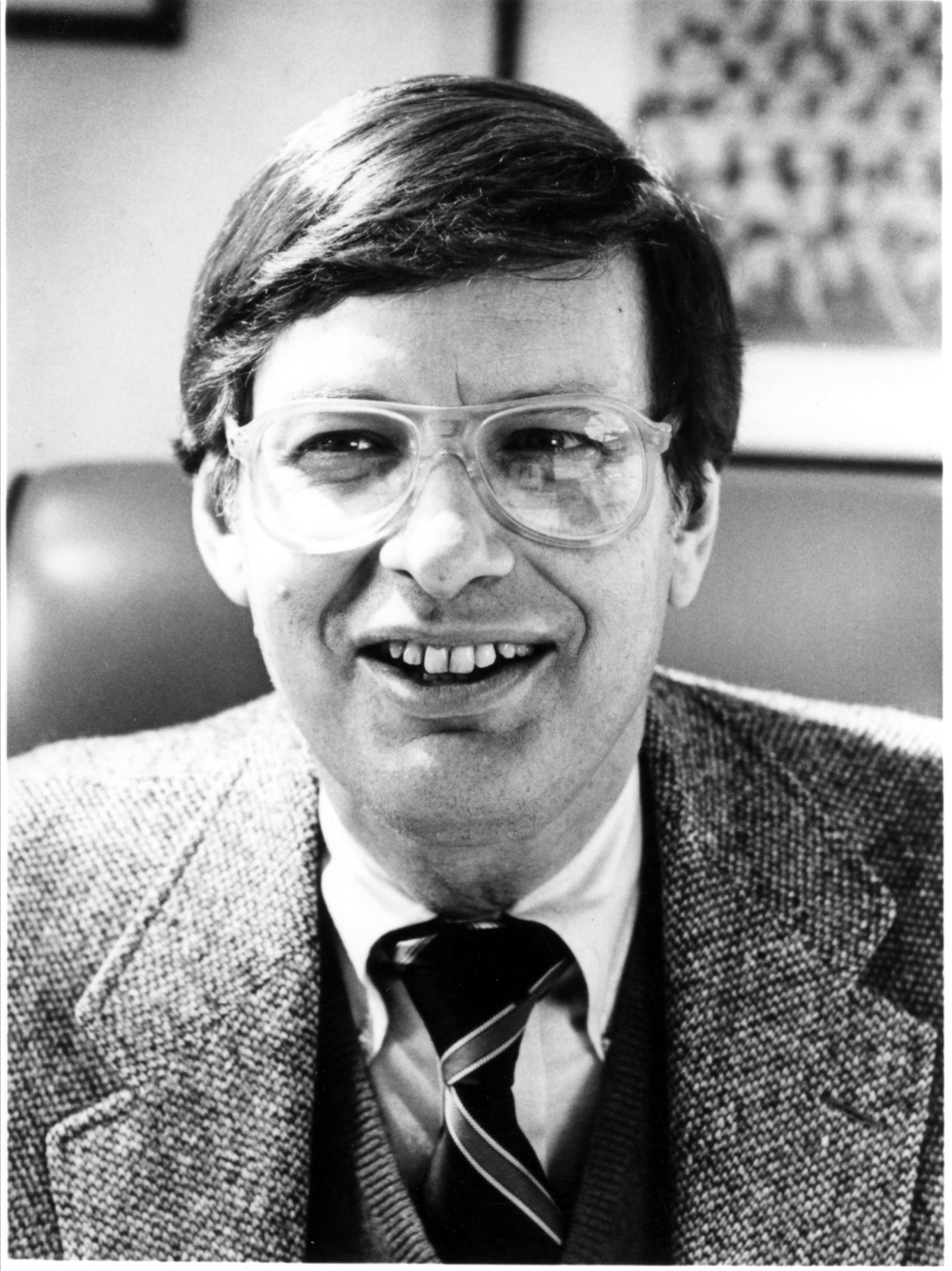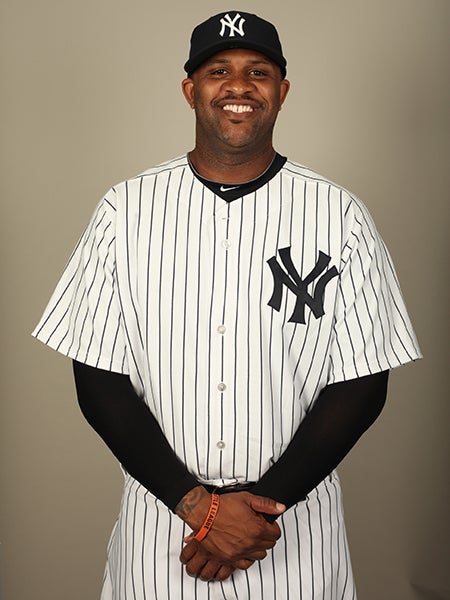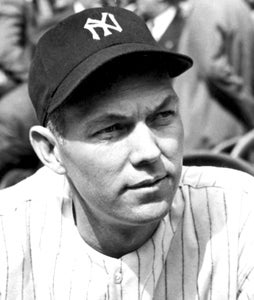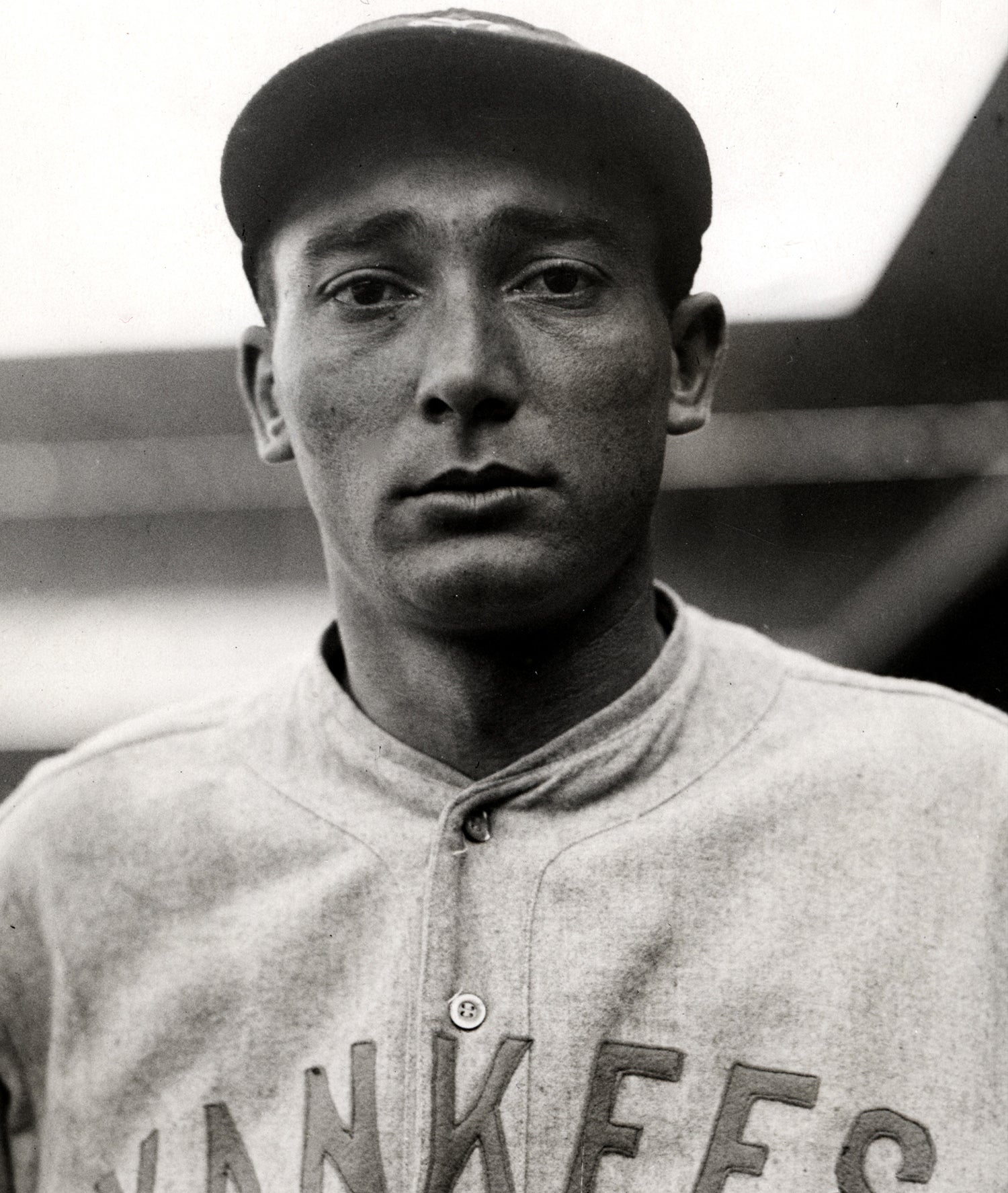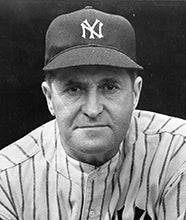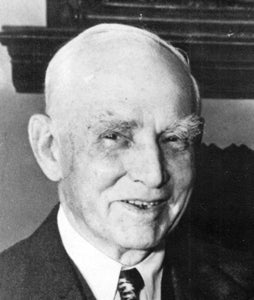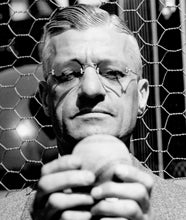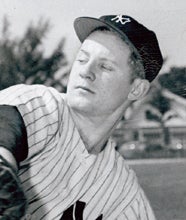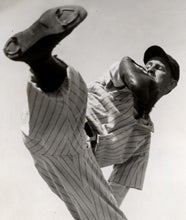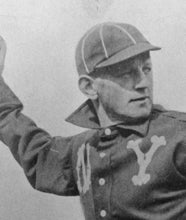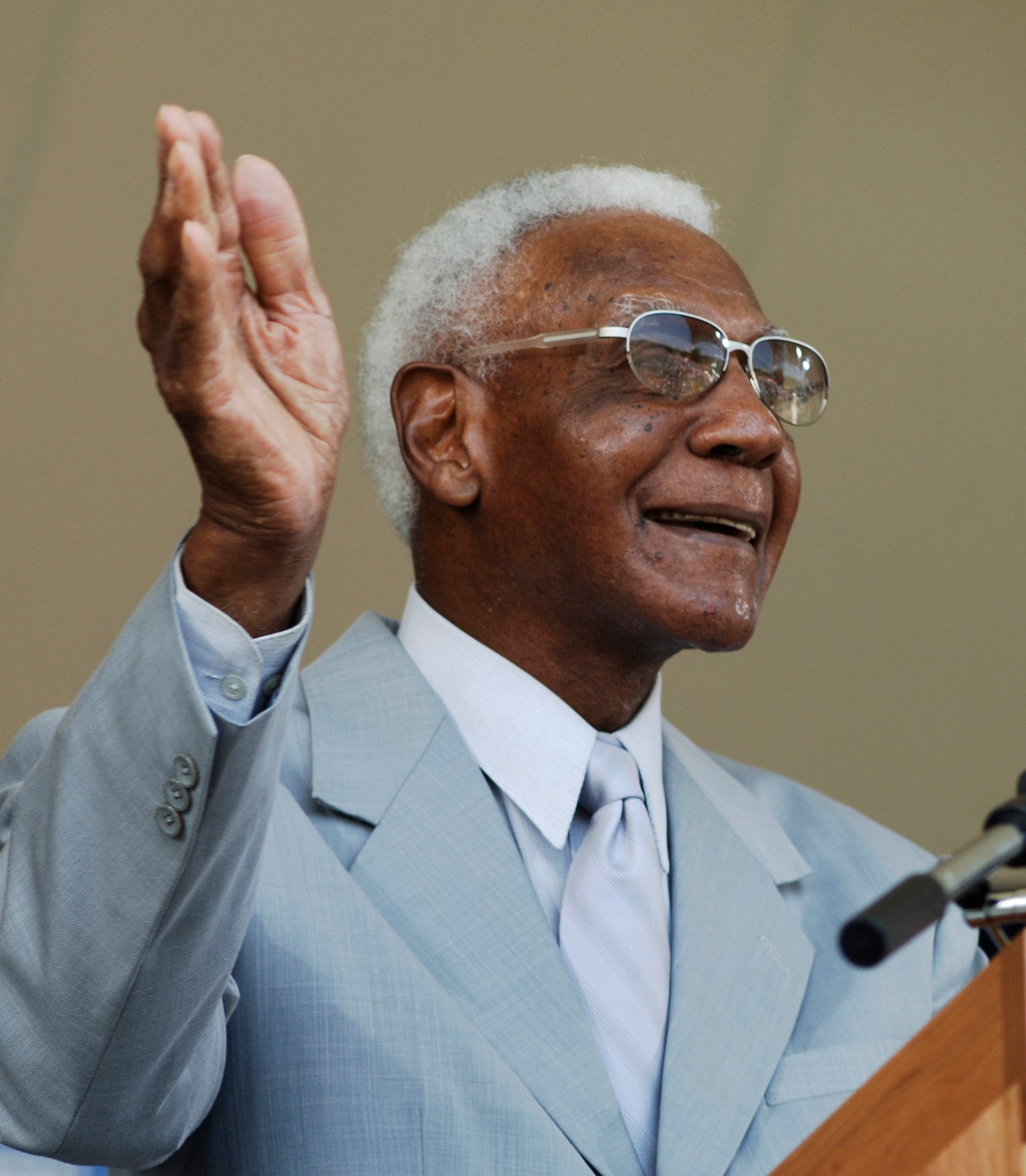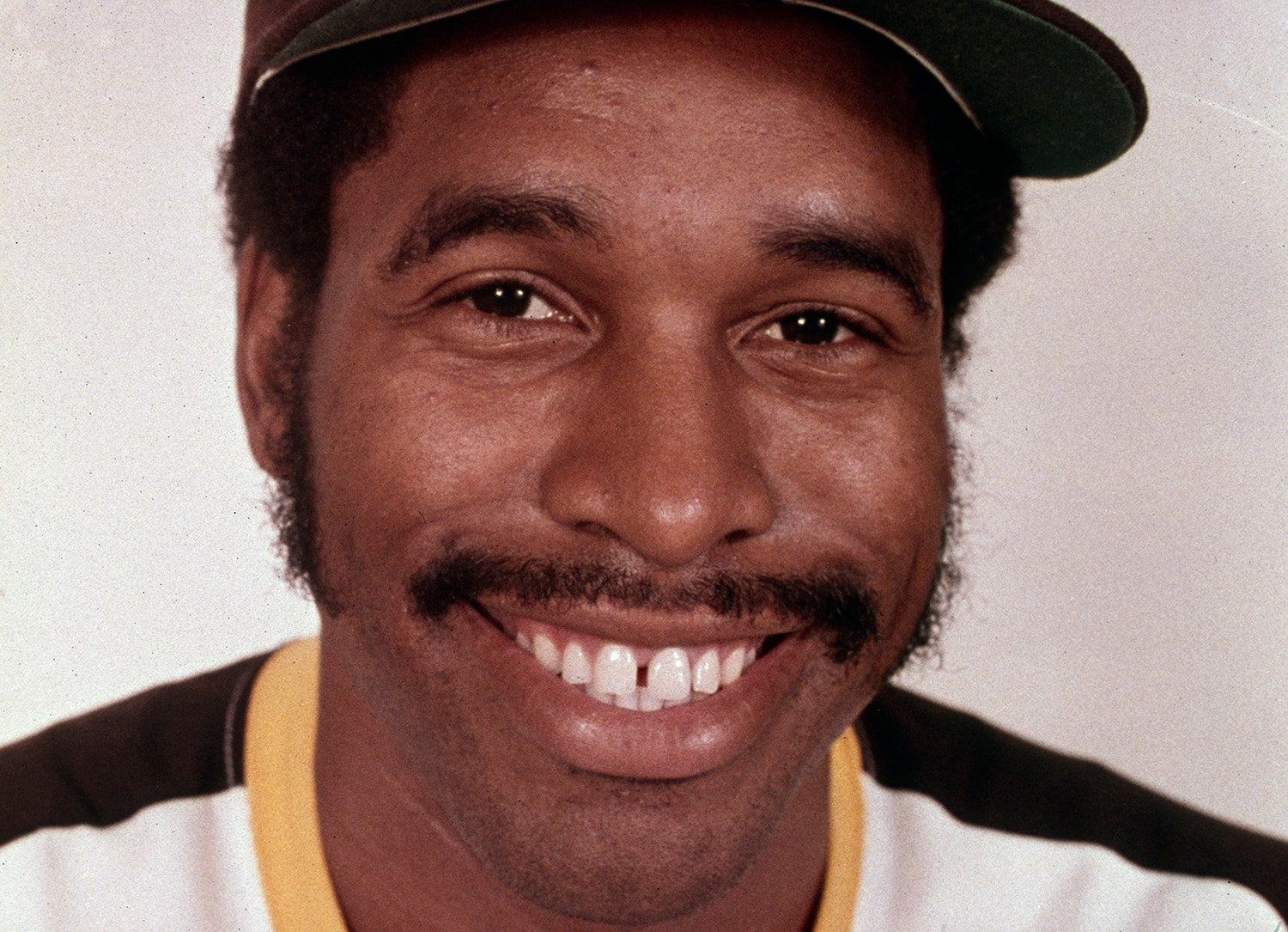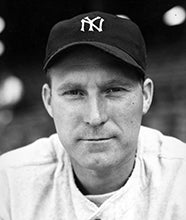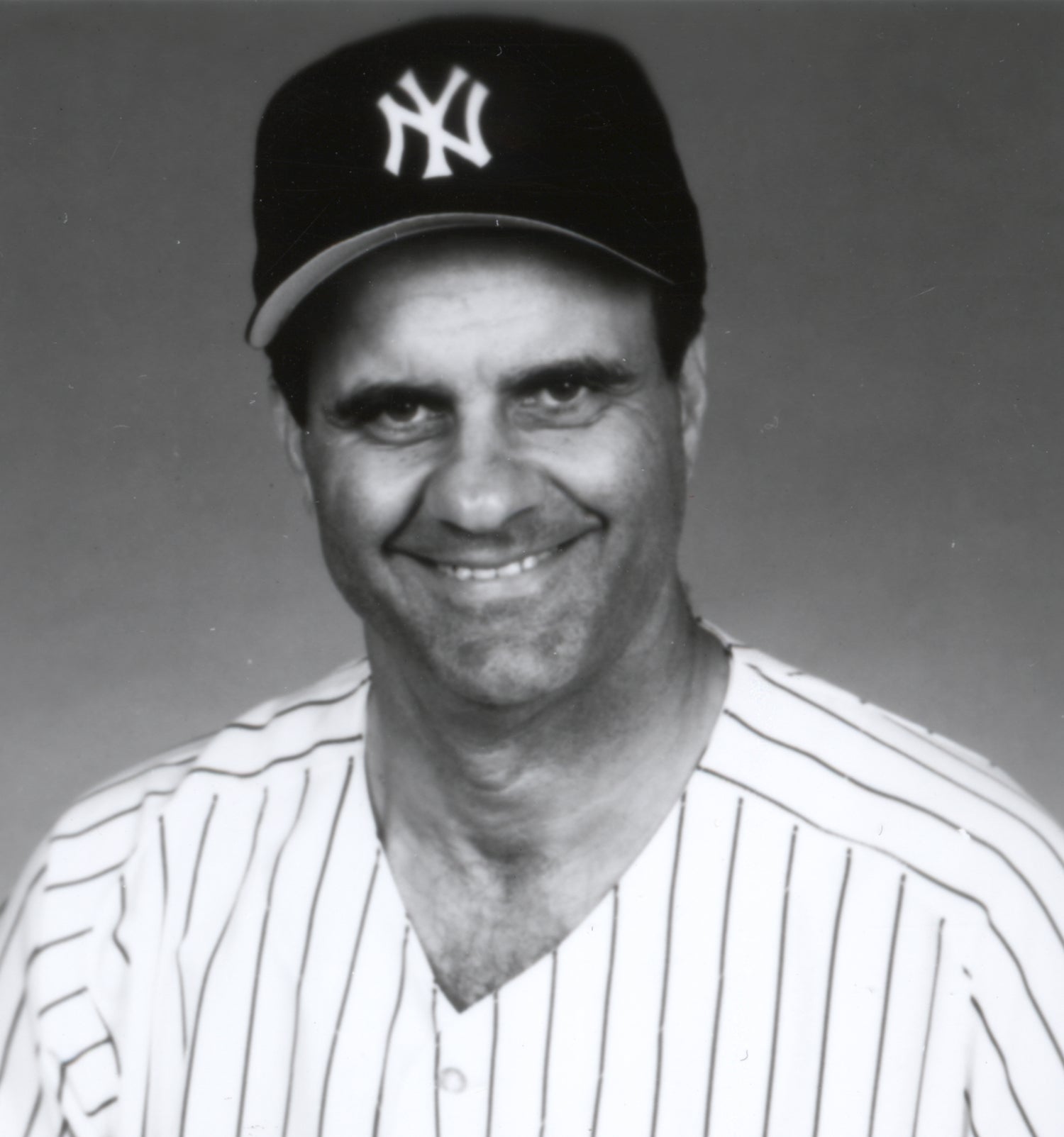Babe Ruth and Lou Gehrig. Tony Lazzeri and Joe DiMaggio. Red Ruffing and Lefty Gomez.
From the 1920s through the 1940s, these Hall of Fame names became synonymous with dominant dynasties for the New York Yankees.
But there was another common link between these players; the man who put all the pieces together: Ed Barrow.
An ambitious executive and excellent judge of talent, Barrow used wise trades, bold player purchases and a budding farm system to create baseball’s greatest dynasty in the Bronx. During his quarter-century in the Yankees’ front office, Barrow’s clubs captured 14 pennants and 10 World Series championships – including five Series sweeps.
“I say there has never been a smarter baseball man than Mr. Barrow,” Hall of Fame executive Branch Rickey once said. “He knows what a club needs to achieve balance, what a club needs to become a pennant winner. I, perhaps, can judge the part; but Mr. Barrow can judge the whole.”
Barrow was born in a covered wagon while his family sought pioneer settlements in the western territories. He began as a mail clerk for a Des Moines, Iowa, newspaper at age 16 and soon rose up the ranks to become head of circulation. His acumen for spotting baseball talent was already apparent when he discovered future Hall of Fame outfielder Fred Clarke among his newsboy staff.
Barrow began acquiring small baseball teams during the 1890s and honed his craft as a field manager outside the office. In a brief stint as team owner in Paterson, N.J., Barrow offered Honus Wagner his first professional baseball contract in 1896.
The following year, Barrow was appointed president of the upstart Atlantic League. He later purchased an Eastern League team in Toronto before being named manager of the American League’s Detroit Tigers in 1903.
Barrow resigned after just a season and a half in Detroit due to disagreements with management and he continued to purchase various minor league clubs before becoming president of the International League in 1911. After guiding the league after the United States entered World War I, Barrow accepted owner Harry Frazee’s offer to manage the Boston Red Sox in 1918.
Inheriting a talented roster, Barrow captured a World Series championship with the Red Sox in his debut season. Though he managed for only three seasons in Boston, Barrow made a decision that would forever change the complexion of professional baseball. At the suggestion of future Hall of Famer Harry Hooper, Barrow converted star pitcher George Herman Ruth into a full-time outfielder to take full advantage of Ruth’s hitting ability. It was a decision that would enable the Babe to become the most famous slugger in baseball history.
“At an exhibition game against the Giants at Tampa, Babe caught hold of a pitch and nudged the longest drive I have ever seen,” Barrow later told The Saturday Evening Post. “That strengthened my belief that my moundsman could do my Red Sox more good taking his cut at the plate daily.”
Financial troubles forced Red Sox owner Frazee to sell off major pieces of his 1918 championship team, much to the chagrin of Barrow. When Ruth was sold to the Yankees in 1920, Barrow soon followed his slugger to New York and became owner Jacob Ruppert’s chief executive.
Over the next two and a half decades, the combination of Ruppert and Barrow created some of the most talented roster the game had ever seen. Barrow’s desire to acquire the best possible players was complemented perfectly by Ruppert’s willingness to spend.
The executive delivered on his promise and the Yankees immediately delivered three American League pennants from 1921-23. Barrow began assembling the roster by trading and purchasing familiar players from the cash-strapped Red Sox. Later, he turned his attention toward developing a robust farm system.
Barrow was the man who offered a $25,000 contract to Joe DiMaggio, a talented young outfielder with a history of knee injuries, to lure DiMaggio away from the Pacific Coast League in 1936. DiMaggio’s arrival ensured another era of success after the departures of Ruth and then Gehrig in the late 1930s.
In addition to his talent in building rosters, Barrow implemented a number of innovations that are a fundamental part of today’s game. He was the first executive to add uniform numbers on a regular basis in 1929, and he made Lou Gehrig’s No. 4 the first retired uniform number in baseball in 1939. Barrow was also among the first executives who allowed fans to keep foul balls.
Barrow was also the driving force behind the completion of the original Yankee Stadium in 1923 and later boosted the team’s revenue by scheduling high-profile boxing matches and football games there.
Barrow retired as team president of the Yankees in 1946. He passed away on Dec. 15, 1953, after being elected to the Hall of Fame earlier that same year.



